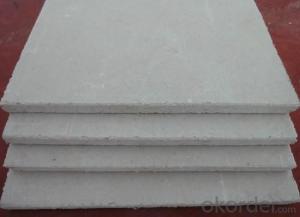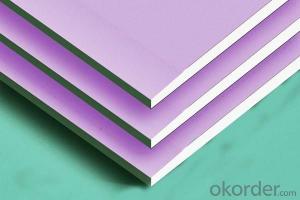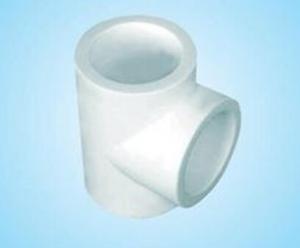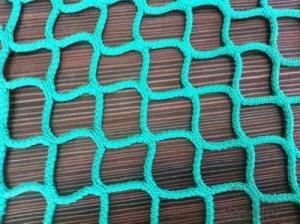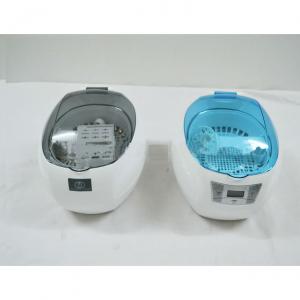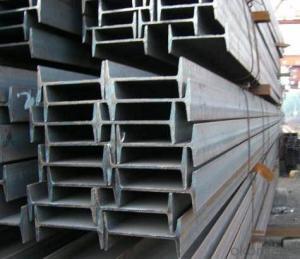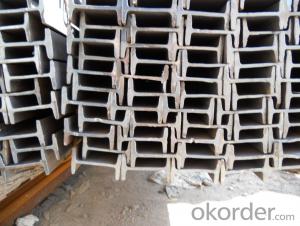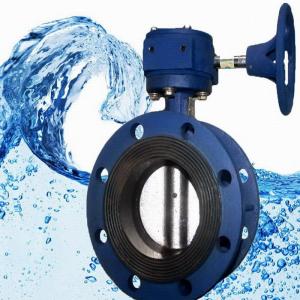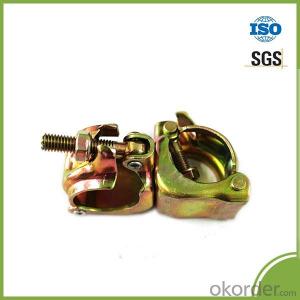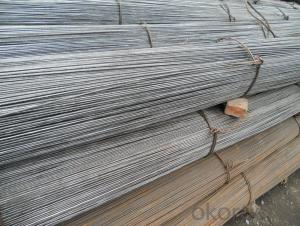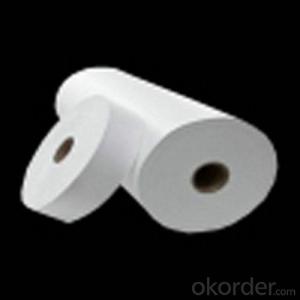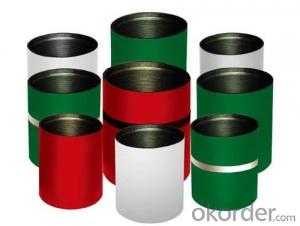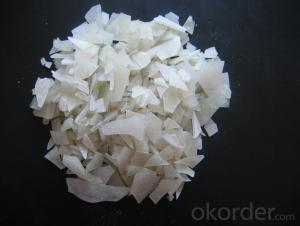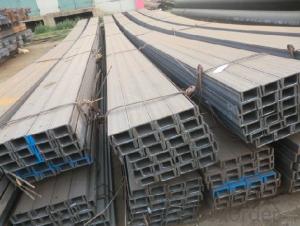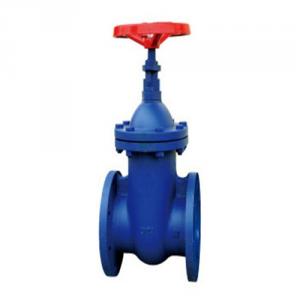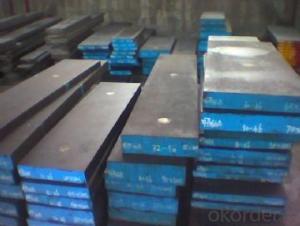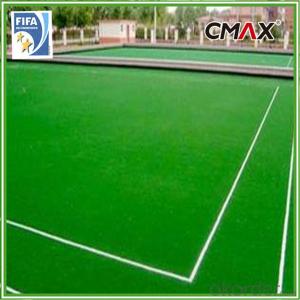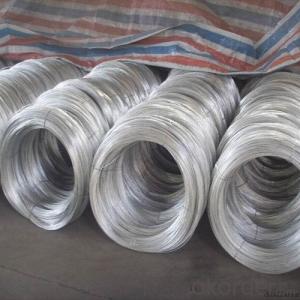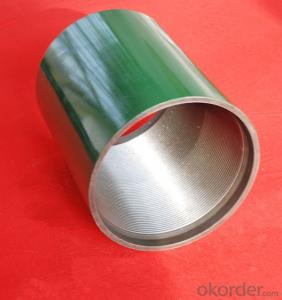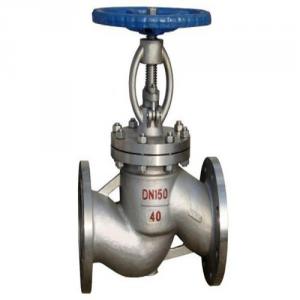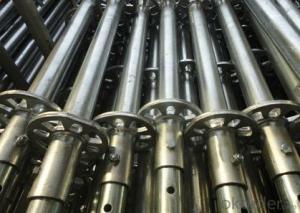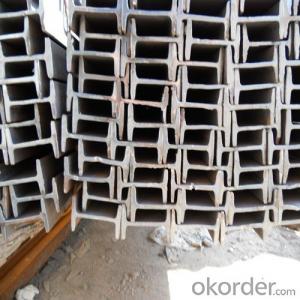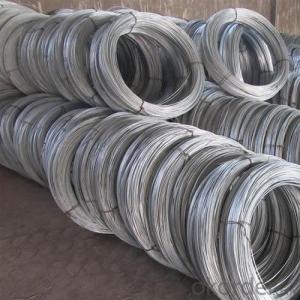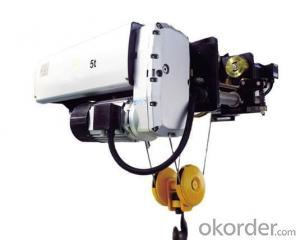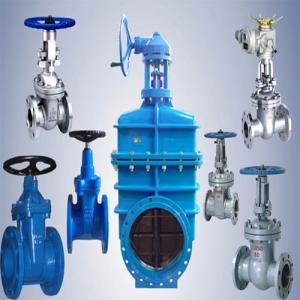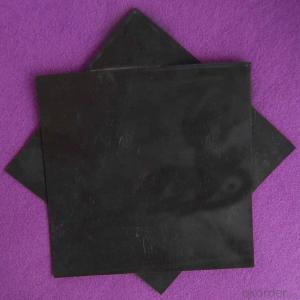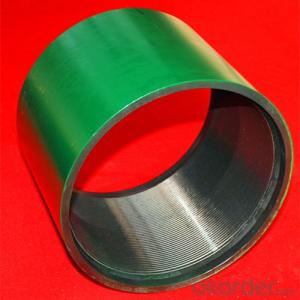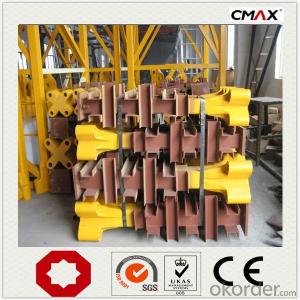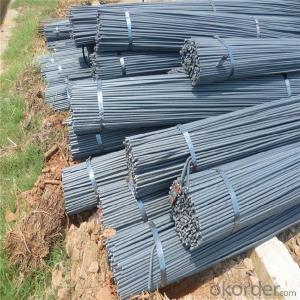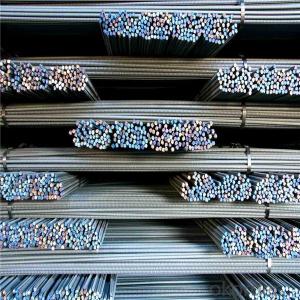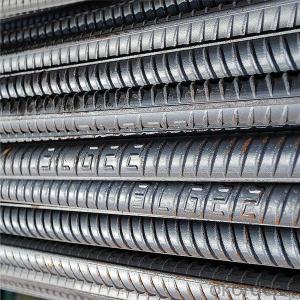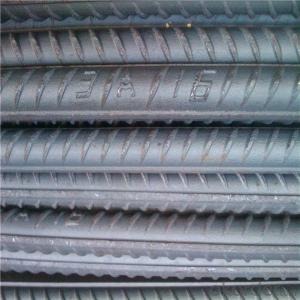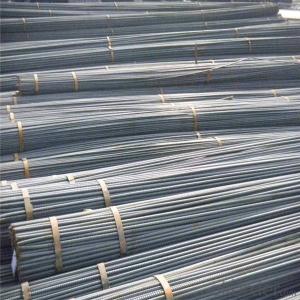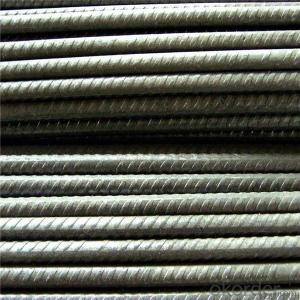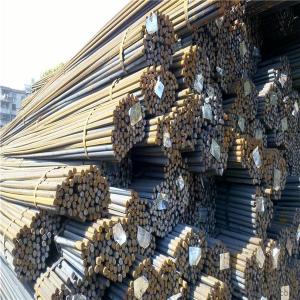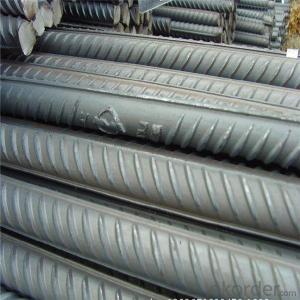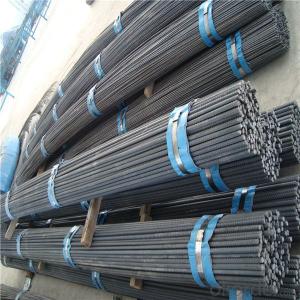Ks Standard
Ks Standard Related Searches
Best Stainless Steel For Knives Primer For Galvanized Steel H S Code For Stainless Steel Wd 40 For Stainless Steel Spray Paint For Stainless Steel Glue For Stainless Steel Drill Bits For Stainless Steel Spray For Stainless Steel Welder For Stainless Steel Diamond Grinding Wheels For SteelHot Searches
Price For Stainless Steel Scrap Scrap Price For Stainless Steel Price For Stainless Steel Cheap High Tea Sets For Sale Price Of Shipping Containers For Sale Stock Price For Aluminum Cheap Solar Cells For Sale Air Pump For Aquarium Price Inverter Size For Solar System Used Foam Board Insulation For Sale Price List For Building Materials Magnesium Oxide Board For Sale Hdf Board For Sale sintra board for sale Cheap Mini Laptops For Sale Plywood For Sale Cheap Cheap Washers For Sale Cheap Tall Vases For Sale Solar With Inverter Price Steel Mesh Panels For SaleKs Standard Supplier & Manufacturer from China
Okorder.com is a professional Ks Standard supplier & manufacturer, offers integrated one-stop services including real-time quoting and online cargo tracking. We are funded by CNBM Group, a Fortune 500 enterprise and the largest Ks Standard firm in China.Hot Products
FAQ
- Steel rebars contribute to the overall seismic performance of a structure by providing strength, ductility, and reinforcement. They help to absorb and distribute the energy generated during an earthquake, reducing the risk of structural failure. By reinforcing concrete and enhancing its tensile strength, rebars enable the structure to withstand the lateral forces and ground motion caused by seismic activity. This reinforcement increases the overall resilience and safety of the building, minimizing the potential for damage and ensuring the structure's stability during an earthquake.
- Yes, there are potential health and safety concerns related to steel rebars. Handling and working with steel rebars can pose risks such as cuts, injuries from falling or displaced rebars, and musculoskeletal disorders due to heavy lifting or repetitive movements. Additionally, workers may be exposed to hazards during the fabrication process, such as welding fumes or noise pollution. Adequate safety measures, including personal protective equipment and proper training, should be implemented to mitigate these risks and ensure a safe working environment.
- The carbon content in steel rebars has a significant effect on their strength. Generally, a higher carbon content increases the strength of the steel rebars. This is because carbon atoms strengthen the iron lattice structure in the steel, making it harder and more resistant to deformation or breaking under stress. However, excessively high carbon content can lead to brittleness, reducing the overall toughness and ductility of the rebars. Therefore, finding the right balance of carbon content is crucial to ensure optimal strength and structural integrity of steel rebars.
- Yes, steel rebars are resistant to corrosion due to their protective oxide layer, which prevents rust formation and ensures their durability in various construction applications.
- The durability of concrete structures is significantly improved by the use of steel rebars. By reinforcing the concrete, rebars effectively boost its tensile strength, which is otherwise lower compared to its compressive strength. This is crucial because concrete is excellent at resisting compressive forces, but it is weak when it comes to tension or bending forces. When external forces like vibrations, wind, or earthquakes act upon concrete structures, the rebars absorb the tension and bending forces, preventing the concrete from cracking or collapsing. This ensures that the structure remains intact and stable. Without steel rebars, concrete structures would be more susceptible to damage and failure under such circumstances. In addition to that, the presence of steel rebars also enhances the durability of concrete structures by preventing corrosion. When embedded in concrete, rebars act as a protective barrier against moisture and oxygen, which are the primary causes of steel corrosion. By blocking the penetration of these harmful elements, rebars significantly extend the lifespan of the concrete structure. Moreover, steel rebars provide dimensional stability to concrete structures. As concrete tends to shrink and expand due to temperature changes and moisture variations, the presence of rebars counters these movements. This prevents the formation of cracks and ensures the structural integrity of the concrete. To sum it up, steel rebars play a vital role in greatly enhancing the durability of concrete structures. They increase the tensile strength, prevent cracking and collapse, protect against corrosion, and provide dimensional stability. Their presence is essential for constructing long-lasting and reliable concrete structures that can withstand various external forces and environmental conditions.
- The process of pre-stressing steel rebars involves applying a predetermined amount of stress or force to the rebars before they are subjected to loading. This technique is commonly used in the construction industry to improve the structural strength and durability of concrete structures. The process typically starts with the selection of high-strength steel rebars that have good tensile strength properties. These rebars are usually made from carbon steel or alloy steel and come in various sizes and shapes, depending on the specific application. Once the rebars are selected, they are cleaned and coated with a protective layer to prevent corrosion. After that, the rebars are placed into the desired position within the concrete structure, such as beams, columns, or slabs, according to the design specifications. Next, the pre-stressing process begins. There are two primary methods for pre-stressing steel rebars: pre-tensioning and post-tensioning. In pre-tensioning, the rebars are initially tensioned by fixing them to an anchorage point or a strong frame. The opposite end of the rebars is then pulled using hydraulic jacks or mechanical devices, applying a significant amount of force. Once the desired stress is achieved, the rebars are secured in their stressed position by casting concrete around them. After the concrete has hardened, the jacks or devices are released, transferring the stress to the rebars. In post-tensioning, the rebars are first placed into the concrete structure without any initial tension. After the concrete has hardened, a series of ducts or channels are created within the structure, running along the path of the rebars. High-strength steel strands or cables are then inserted through these ducts. The strands are anchored at one end of the structure and tensioned using hydraulic jacks or similar devices. This tensioning process applies a force to the rebars, which is transferred to the concrete, compressing it. Once the desired stress is achieved, the strands are secured and the ducts are filled with grout or mortar to protect them from corrosion. Both pre-tensioning and post-tensioning techniques result in pre-stressed steel rebars that provide several benefits to concrete structures. These include increased load-carrying capacity, improved resistance to cracking and deformation, enhanced durability, and overall better structural performance. The process of pre-stressing steel rebars is a vital aspect of modern construction practices, ensuring the longevity and safety of various types of concrete structures.
- Yes, steel rebars can be used in coastal areas. However, it is important to note that the rebars need to be properly coated or protected against corrosion due to the higher levels of salt and moisture in coastal environments.
- The primary impact of carbonation on steel rebars is negative. Carbonation is the process by which carbon dioxide from the atmosphere reacts with the alkaline compounds in concrete, resulting in a decrease in its pH level. This pH reduction gradually diminishes the protective layer of steel rebars known as the passivation layer. When carbonation compromises the passivation layer, the steel rebars become more susceptible to corrosion. Carbon dioxide reacts with moisture in the concrete, generating carbonic acid, which further lowers the pH level and speeds up the corrosion process. As corrosion advances, the steel rebars may lose their structural integrity, compromising the overall strength and durability of the concrete structure. Additionally, the expansion of corrosion products can apply pressure on the surrounding concrete, causing cracking and spalling. This exposes the steel rebars to more moisture and oxygen, exacerbating the corrosion process. Furthermore, carbonation can diminish the effectiveness of any protective coatings applied to the rebars, making them even more prone to corrosion. To mitigate the effects of carbonation on steel rebars, various preventive measures can be implemented. These measures include using concrete that is less permeable to carbon dioxide, ensuring appropriate concrete cover thickness, and employing corrosion-resistant steel with higher levels of chromium and/or other alloying elements. Regular monitoring and maintenance of concrete structures are also crucial to detect and address any signs of corrosion at an early stage. In conclusion, carbonation can have an adverse impact on steel rebars by compromising the passivation layer, resulting in corrosion and weakening of the structure. Therefore, it is essential to implement preventive measures and regularly maintain steel-reinforced concrete structures to ensure their long-term durability and safety.

